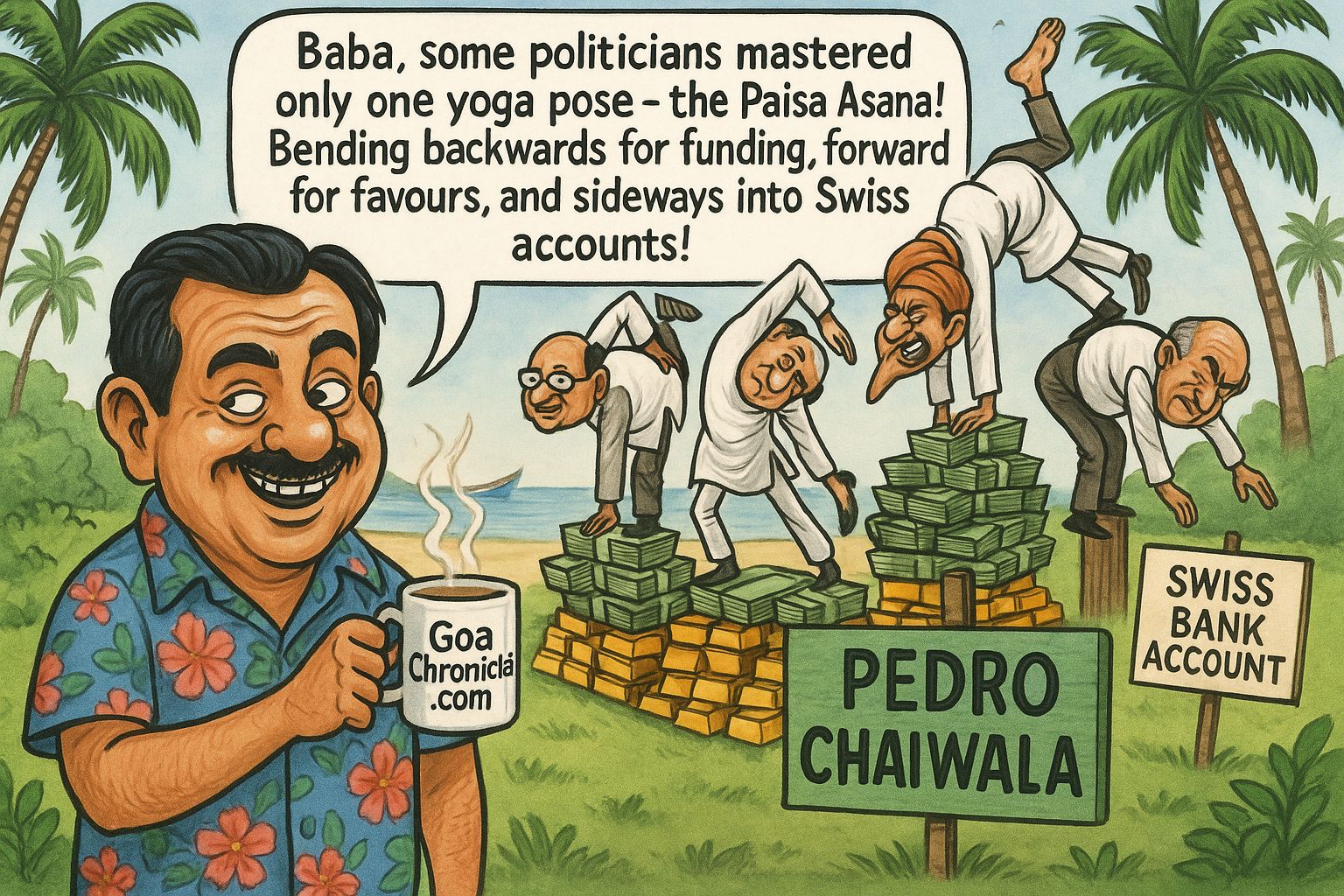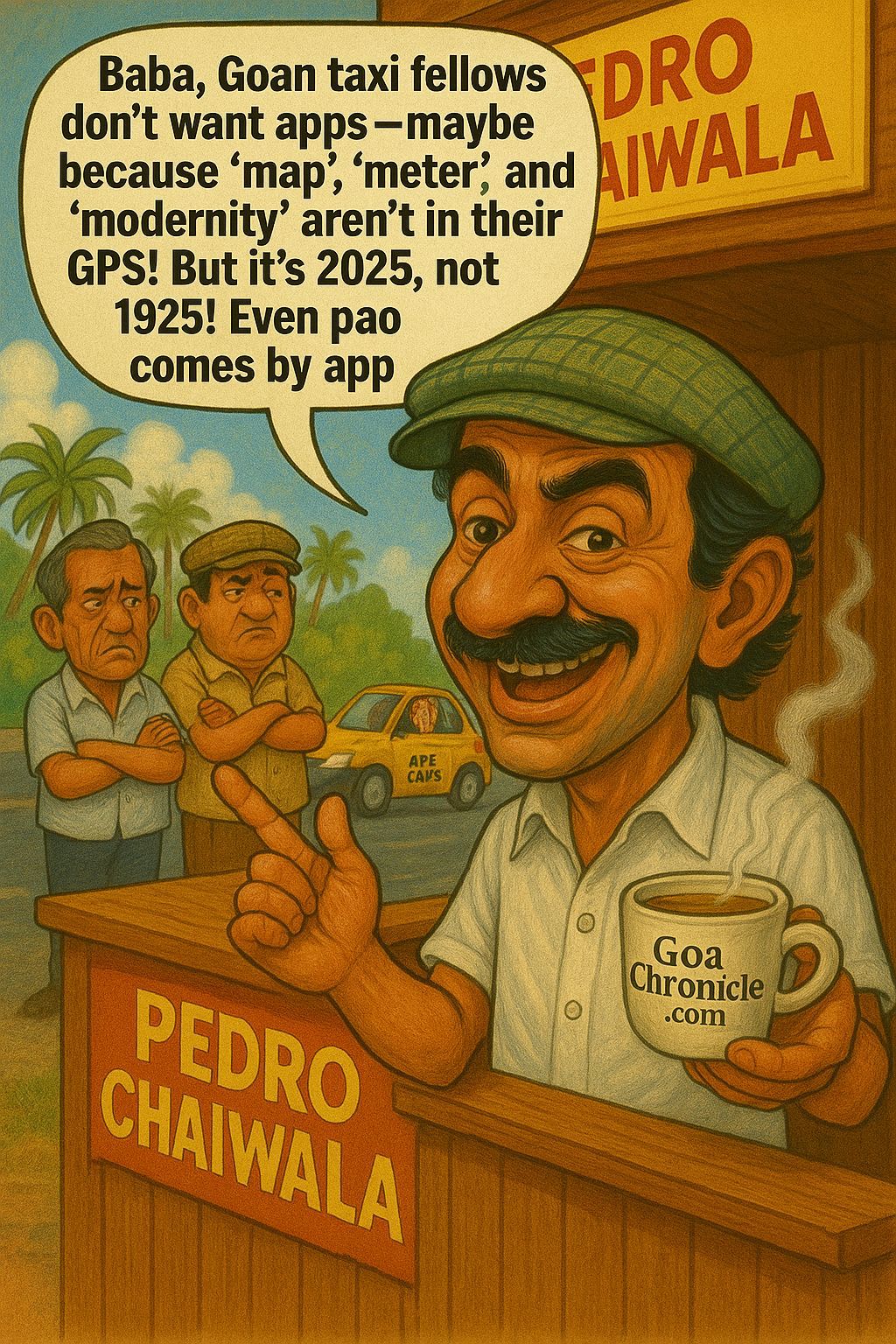India has taken a great leap forward in the last few decades as far as development is concerned. After 1980, the average annual rate of per person GDP has been recorded at around 7%, and only a few countries have managed to do so. But economic differences, the states’ unstable politics, and the huge difference in population growth can pose a danger to the potential economic development. The increasing differences between the states will get more difficult to diminish.
In the last 40 years, most of India’s economic development has come from the southern and western states of the country, and these regions have become the hubs of manufacturing and high-technology industries. On the other hand, the northern states of the Ganges plateau are lagging behind. Penn State University’s Raman Lamba, and Brown University’s Aravind Subramaniam, in their new research paper have written, that in the last few decades, the rate of income increase in the poor countries has augmented equally or even more than the developed countries, but this phenomenon has not taken place in India, and population has made the situation critical further.
In the north, north east, and west, the total population of Bihar, Rajasthan, Jharkhand, West Bengal, and Uttar Pradesh is around 60 crores. The population of these states is increasing rapidly in comparison to the southern and western states. In the decade of 2010, Bihar’s population increased 16.5% while Uttar Pradesh recorded an increase of 14%. On the other hand, in Maharashtra, Karnataka, Kerala, and Tamil Nadu, the population hike was less than 10%.
Due to the differences in population increase and economic capacities among the states, the political situation can get complicated. The number of parliamentary seats is determined by population, and there is a ban on the delimitation of parliamentary constituencies till 2026. If delimitation takes place after that, then the number of parliamentary seats in northern states will be more, and as a result, tension between northern and southern states can augment. The movement of population can strike some sort of balance.
Economists Shri Ram Subramaniam, Rishabh Kumar, and Prakash Laungani of the IMF, in their new study, have revealed that more than 1/3rd of difference in living standards in India is determined by location. Any person can earn more money by going to a different place and still, internal-migration in India is the lowest in the world. On the other hand, with the increased investments in road, rail, and air connectivity, movement in the country is getting easier.
The introduction of GST in 2017 has brought uniformity into the market, and the Centre, with the intention of providing better job opportunities to the poor, has provided manufacturing subsidies in some sectors and has made an industrial strategy.
































